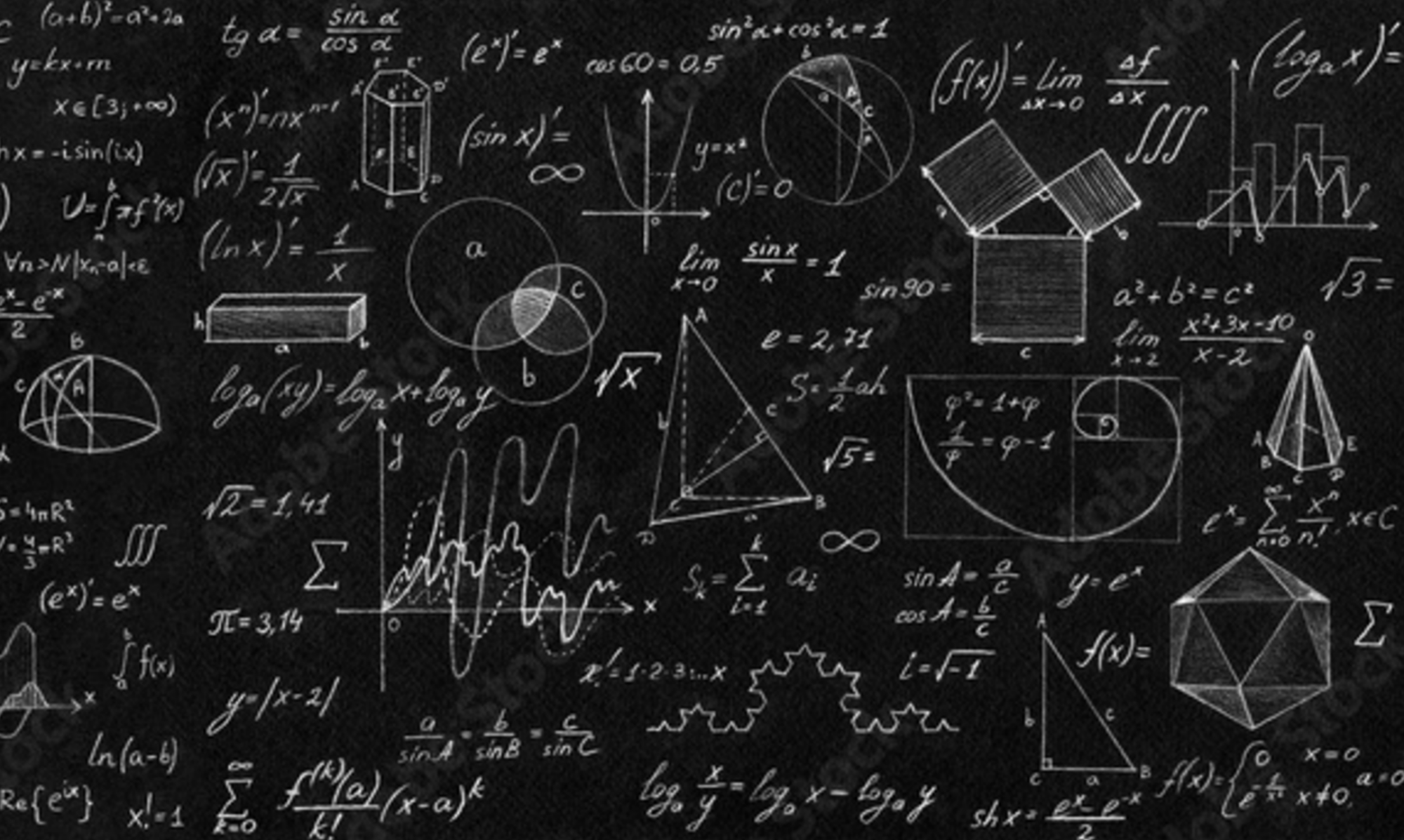Abstract
Although technology has long been identified as an integral part of mathematics education, there has been, more often than not, an overemphasis on the use of technology as a goal rather than a means to learning mathematics. Thus, researchers are still grappling with how to integrate technology that is, at once, subject-based as well as compatible with learning theories and pedagogical strategies. In this paper, the authors use the theoretical model TPACK to demonstrate a mutually interconnected framework. Data were collected from two courses in a teacher education program in mathematics where the instructor (the first author) used a gradesix digital textbook to teach the pre-service teachers. Three examples are discussed to illustrate the use of TPACK and its implications for further research.
Biton, Y., Fellus, O., & Hershkovitz, S. (2016). Border crossing: Bringing together pre-service teachers’ technological, pedagogical, and content knowledge through the use of digital textbooks in mathematics. In C. Csikos, A. Rausch, J. Szitanyi (Eds.), Proceedings of the 40th Conference of the International Group of the Psychology of Mathematics Education (Vol. 2, pp. 107–114). August 2016. Szeged, Hungary: PME.

